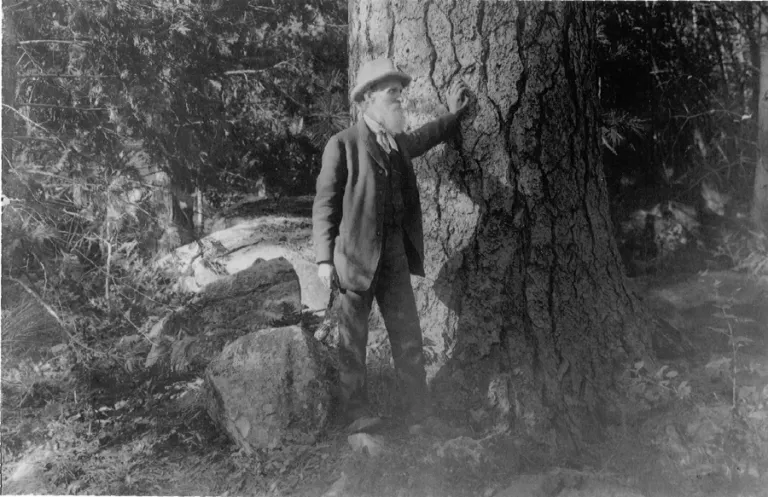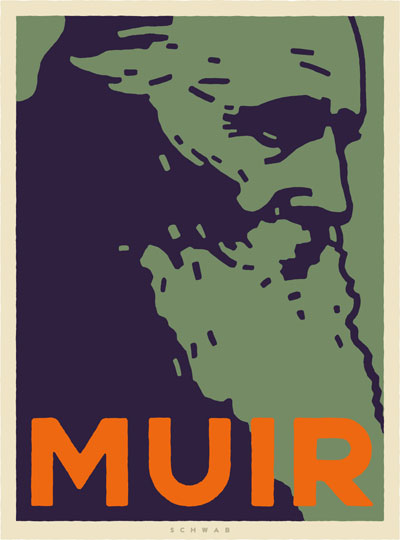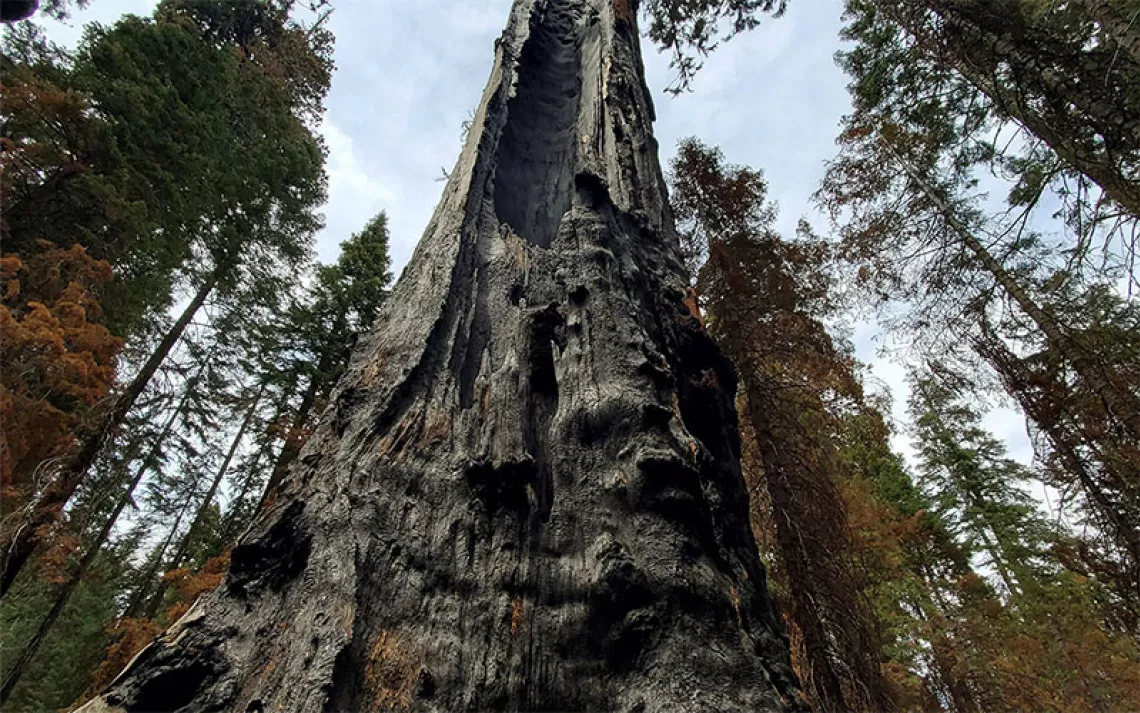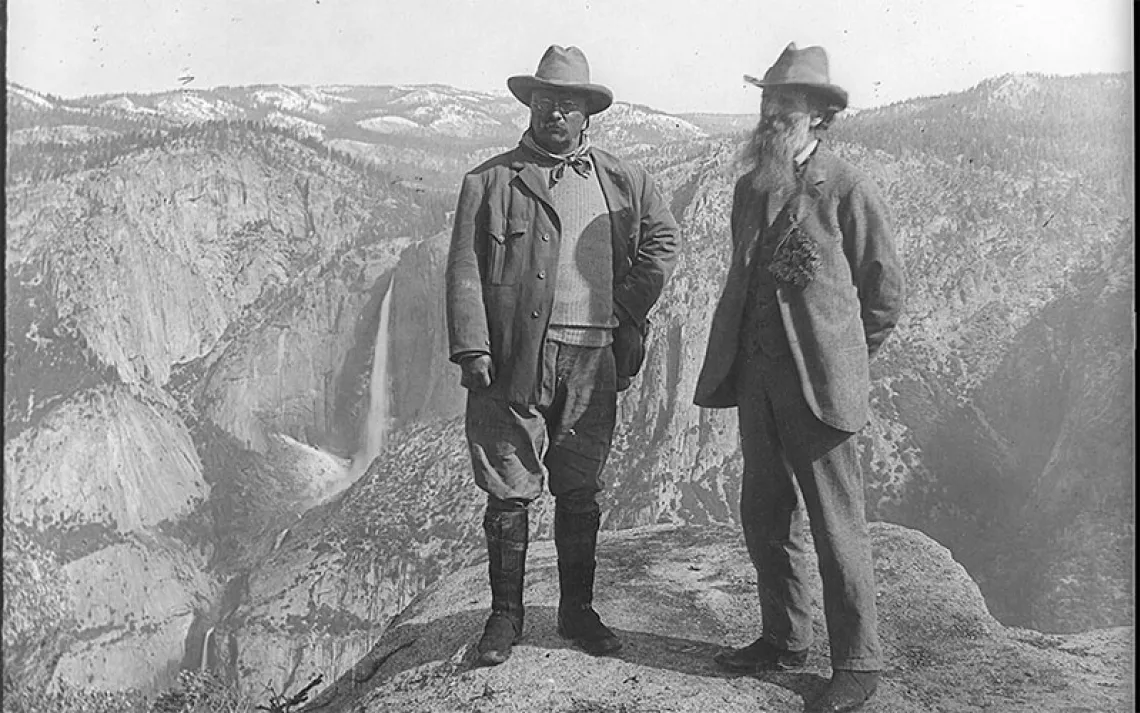If John Muir Tweeted
Muir had a gift for distilling profound thoughts into short sound bites.

This year was John Muir's demisemiseptcentennial (now there's a word you don't get to use too often), so naturally the Sierra Club wished our founder a happy 175th birthday on our Facebook page. "Wow!" commented one wag. "What's his secret to longevity?"
Humor aside, it's a good question. I'd like to recast it slightly: Why is John Muir so relevant nearly a century after his death? My theory is that, despite his popular image as an ascetic, white-bearded patriarch in a three-piece woolen suit, Muir was a man who lived and thought outside the bounds of his own era. In fact, I think he might well be more at home in this one. Were he still with us at the grand old age of 175, Muir would be rocking the house in any number of ways.
Science Nerd and DIY Hacker
Most people know that Muir was passionate about nature and wilderness, but not that he was also a serious scientist and a mechanical genius. His theories of glaciation, based on fieldwork in Yosemite Valley, were groundbreaking. He could understand, and usually improve on, any mechanism he encountered, and as a young man he loved to design and build clocks and other gadgets. Since 3-D printing had yet to arrive, Muir whittled parts from wood. The devices he created weren't always strictly practical (an alarm clock mechanism that tipped a sleeper out of bed, for example), but they worked.
Blogger
Few would remember Muir today if he hadn't been such an effective communicator. His writings reached millions during his lifetime, and they are still read today. Muir's newspaper and magazine articles described and exalted wilderness and opened the eyes of the American people to its value. Those short pieces, together with the detailed journals he kept during his travels, formed the basis for the books he wrote later in his life (he didn't publish his first one until he was 56). Muir had a gift for distilling profound thoughts into short sound bites. Sample "tweet": "None of Nature's landscapes are ugly so long as they are wild."

Illustration by Michael Schwab
TED Conference Speaker
John Muir would have been a natural to deliver an inspirational yet informative TED Talk. He might have started with the story of how he was temporarily blinded after an accident at the Indianapolis carriage shop he worked in. When his sight returned weeks later, he saw the world—and humanity's place in it—differently. He soon set off on his famous 1,000-mile walk to the Gulf of Mexico; he wanted to continue to South America but had to stop after contracting malaria in Florida. He ultimately wound up in California, where he first encountered the Sierra Nevada. After that, he never wavered in his commitment to exploring, appreciating, and defending wilderness.
Eco-Activist
Muir, often described as the "father of our national parks," long battled the "devotees of ravaging commercialism" who wanted to develop and exploit wilderness for their own ends. Famously, he fought for 10 years to stop San Francisco from flooding Yosemite's Hetch Hetchy Valley for a reservoir (and ultimately lost), but along the way, he invented the template for the grassroots eco-activism that we use to this day.
For most of his 76 long years, John Muir saw beyond the conventional thinking of his own century—and of some folks in this one. One of his most radical ideas was that "everybody needs beauty as well as bread, places to play in and pray in, where Nature may heal and give strength to body and soul alike." That is still why we fight to save wild places.
"John Muir, Earth-planet, Universe," is how our founder inscribed the notebook he carried on his first great adventure. This planet was lucky to have him.
 The Magazine of The Sierra Club
The Magazine of The Sierra Club






